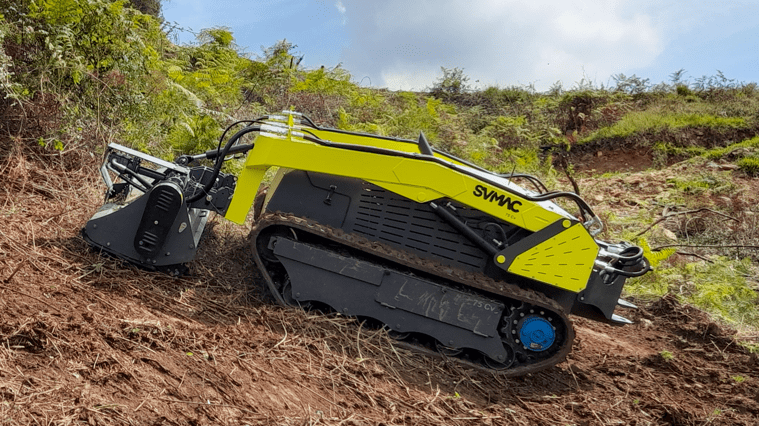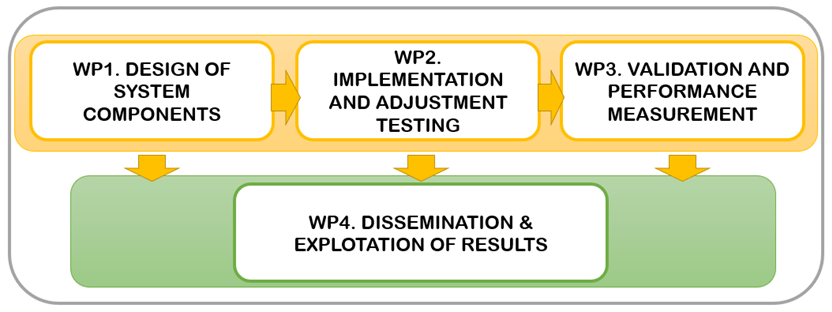Experiments
Trajectories generation from enriched digital maps for autonomous forestry navigation vehicles
Spain – Asturias
![]() Asturias Digital Innovation Hub – AsDIH
Asturias Digital Innovation Hub – AsDIH
Experiment objective
The experiment aims to bring a robotic vehicle to the next level though the incorporation of digital technologies for its autonomous navigation in difficult environments. Specifically, the experiment will consider forestry areas where the robot carries out important activities such as clearing, weeding and maintenance to reduce fire generation and vehicle accidents.
Thus, the experiment will develop an intelligent tasks and trajectory planning system for robotic vehicles. This system will plan the movement of the robotic vehicle, taking into account the possible external disturbances such as the appearance of fixed and mobile obstacles, the unexpected sliding of the vehicle due to the inclination and/or slippery state of the ground, or the loss of support in one of the chains of the vehicle.

SVMAC robot where the implementation will take place.
Challenges
The main challenge is to achieve the automation of tasks in the forestry and agricultural sector due to complex and/or remote environments. For this purpose, it is necessary to have robotic vehicles capable of moving autonomously, safely and reliable. In this experiment, progress will be made in the development of a planning system, an essential component in robotic vehicles to meet this challenge.
The consortium also addresses the challenge of integrating artificial intelligence techniques and tools to provide solutions to modelling, task planning and execution control problems in critical systems operating in complex environments. In the development of autonomous vehicles, knowledge and experience are required to integrate intelligent components into virtually all vehicle systems. In this experiment, artificial intelligence techniques for modelling and execution in complex environments are analysed and applied.
This experiment by automating repetitive tasks also aims to reduce human decision time and use working time for tasks with greater added value and, indirectly, to improve the quality and qualification of employment.
Implementation Solution
The work plan consists of three technical work packages (WP) and a WP associated with dissemination and exploitation of the project. In WP1, the conceptual design and detailed design of the system elements will be carried out. In WP2, the functions of each component will be implemented, and adjustment tests will be carried out to obtain a satisfactory operation. In WP3, tests for the validation of the complete system and measurements for the evaluation of its performance will be carried out.
WP4 focuses on project management and dissemination and exploitation of the results of the experiment. It lasts the whole duration of the experiment.

The figure shows the scheme for the execution of the project.
